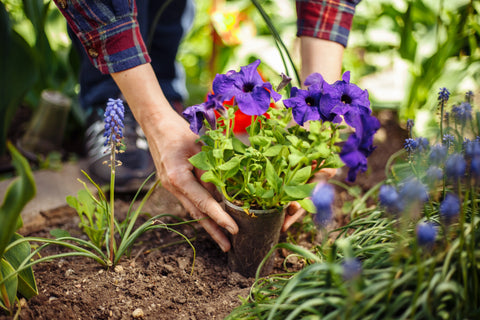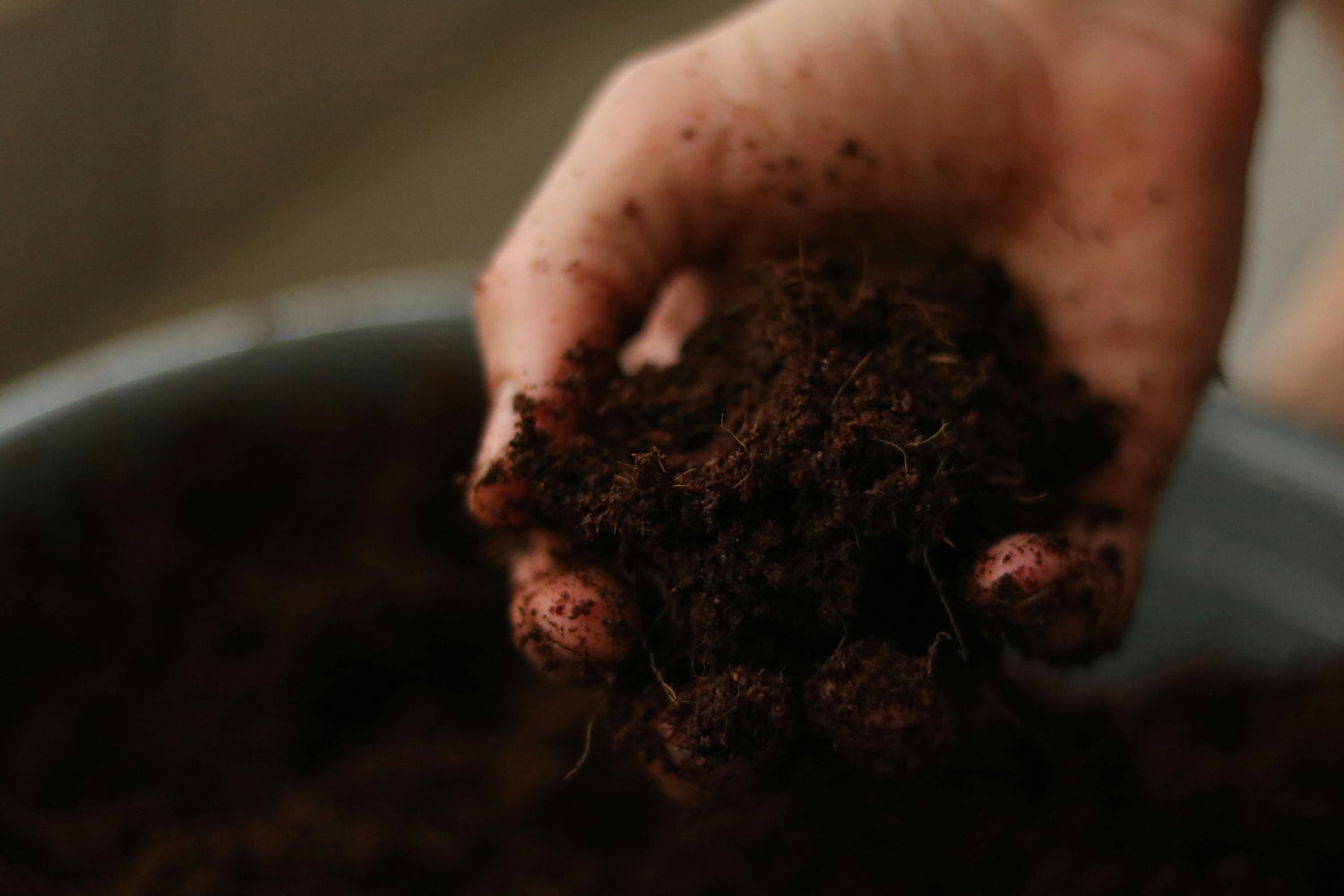3. Group Humidity-Loving Plants
You should place your ferns and air plants, which require humidity for optimal growth, together in a small room, such as a bathroom, where it gets sufficient sunlight. As the number of plants improves the moisture within that microclimate, the drier atmosphere they'd be living in won't dehydrate them as quickly.
Bathrooms are perfect for this because they usually have greater humidity than any other part of your house. If you have a bathroom that doesn't get enough light, you can replicate the same arrangement in another room equipped with a small humidifier to keep the moisture levels constant even when you are away.
4. Avoid Fertilizer
Avoid fertilizing the plants before you leave. Fertilizer promotes growth, which increases water consumption. If you do not fertilize, your plants can save themselves some resources and handle themselves better in your absence.
Fertilizing at the wrong time also adds undue stress to your plants. Plan to feed them after your return so they can get that boost when you resume your care routine.
5. Prune Unnecessary Growth
Trimming your plants will help them reduce their water demands. Remove dead or yellowing leaves, flowers, and buds because they need more moisture to remain healthy. Pruning keeps your plants looking neat and focused on conserving energy.
In addition to pruning, inspect your plants for signs of pests or diseases before you leave. This will guarantee that your plants are healthy and reduce the likelihood of problems while you are away.
6. Use a Plant-Sitter
If you're away for more than a month, consider asking a friend or family member to water your plants. Make sure you leave them clear instructions for each plant, perhaps even with a quick demonstration. And don't forget to bring them a thank-you gift when you return!
All this can be put into place because of a great plant-sitter, especially delicate plants that call for frequent attention. One might even employ a professional service for the proper care of one's plants, especially if traveling for an extended period or owning a large quantity of plants.
7. Invest in Self-Watering Pots or Devices
If you travel frequently, self-watering pots or devices can be revolutionary. These tools provide a constant supply of moisture to your plants over time so that you do not overwater or underwater them. Some self-watering setups make life easier by keeping your plants moist for weeks.





